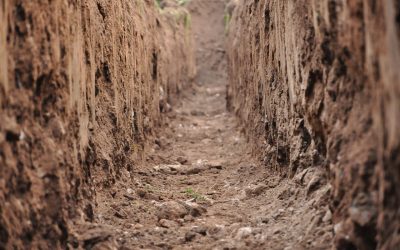An introduction to the best practices of Arundo donax cultivation by Prof. Laszlo Simon, External Research Leader. Along with the appropriate methods of the energy plantation establishment, the various uses of Arundo is also revealed.
Cultivation of Arundo donax in Hungary
Giant reed (Arundo donax L., Poaceae) is a robust, perennial, rhizomatous grass with C3-type photosynthesis. This plant is utilized in different parts of the world for industrial, construction, agricultural, environmental and bioenergetical purposes. Because its above-ground organs can produce annually 10-20 dry tonnes per hectare without irrigation, this plant is a perspective energy crop in Hungary. In this review, the climatic and soil requirements, cultivation technology, industrial and environmental utilization of Arundo is summarized, and our related research experiences are presented.
The micro-propagated Arundo
Our open-field microplot experiments were organized with giant reed from 2007 to 2011 in Nyíregyháza, Hungary. Micropropated (American „SC Blossom” culture) or rhizome propagated (Hungarian ornamental culture) plants were grown in a sandy loam brown forest soil.
Two biowastes (municipal sewage sludge compost – MSSC or municipal biocompost – MBC from green waste), and ammonium nitrate (AN) fertilizer as a top dressing were applied to the soil to study their impacts on the yield and mineral nutrition of Arundo. It was found that even from high (51 dry t/ha) provocative doses of MSSC the accumulation of toxic elements as Cd or Pb was negligible in the shoots of Arundo. If moderate dose (13 dry t/ha) of MSSC was applied to the soil, the aboveground wet yield of the Hungarian culture was significantly enhanced by 21%.

Cultivation of Arundo for the best biomass yields
Similar stimulation of yields was observed at the second harvest of shoots if the soil was treated before with 18.8 t/ha MBC+150 kg/ha AN or 300 kg/ha AN (with appr. 50 or 100 kg/ha nitrogen active substance) as a top dressing. The wet aboveground yields were enhanced by 19.8% or 9.0%, respectively. Treated cultures had more harvestable shoots; however, the weight of one shoot was lower than that of control. Soil application of MSSC or MBC enhanced the specific concentration of K, P, N or Zn in shoots. Accumulation of Cd was also slightly enhanced, but its total amount in shoots was negligible.
It can be concluded that aboveground yields of Arundo can be stimulated with biowastes or by artificial nitrogen fertilizer, without the danger of excessive toxic element accumulation in combustible shoots.
To find out more about the research, you can click here!
Source: Simon L., 2017. Az olasznád (Arundo donax L.) termesztése és hasznosítása). Növénytermelés 66(2): 89-109.







